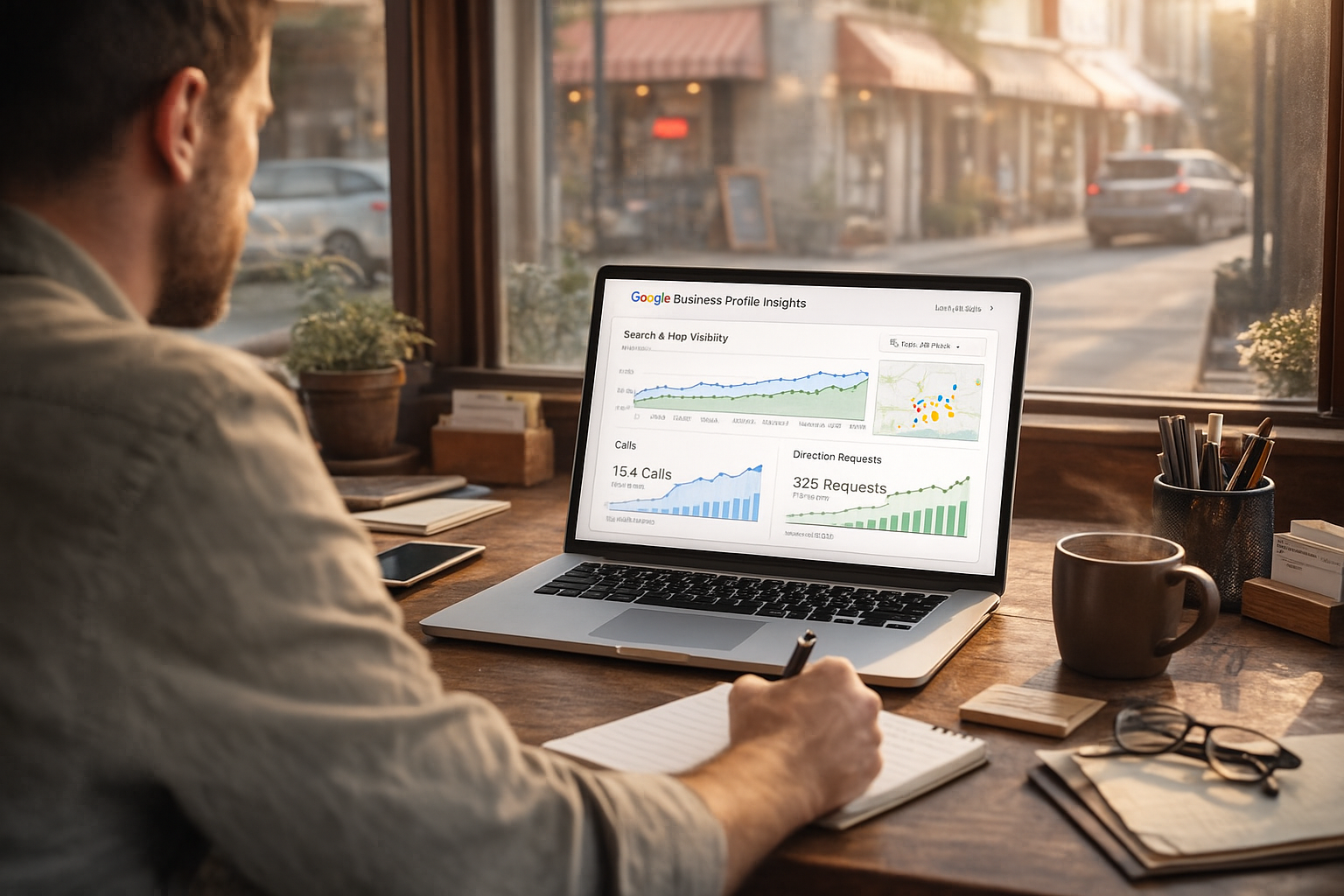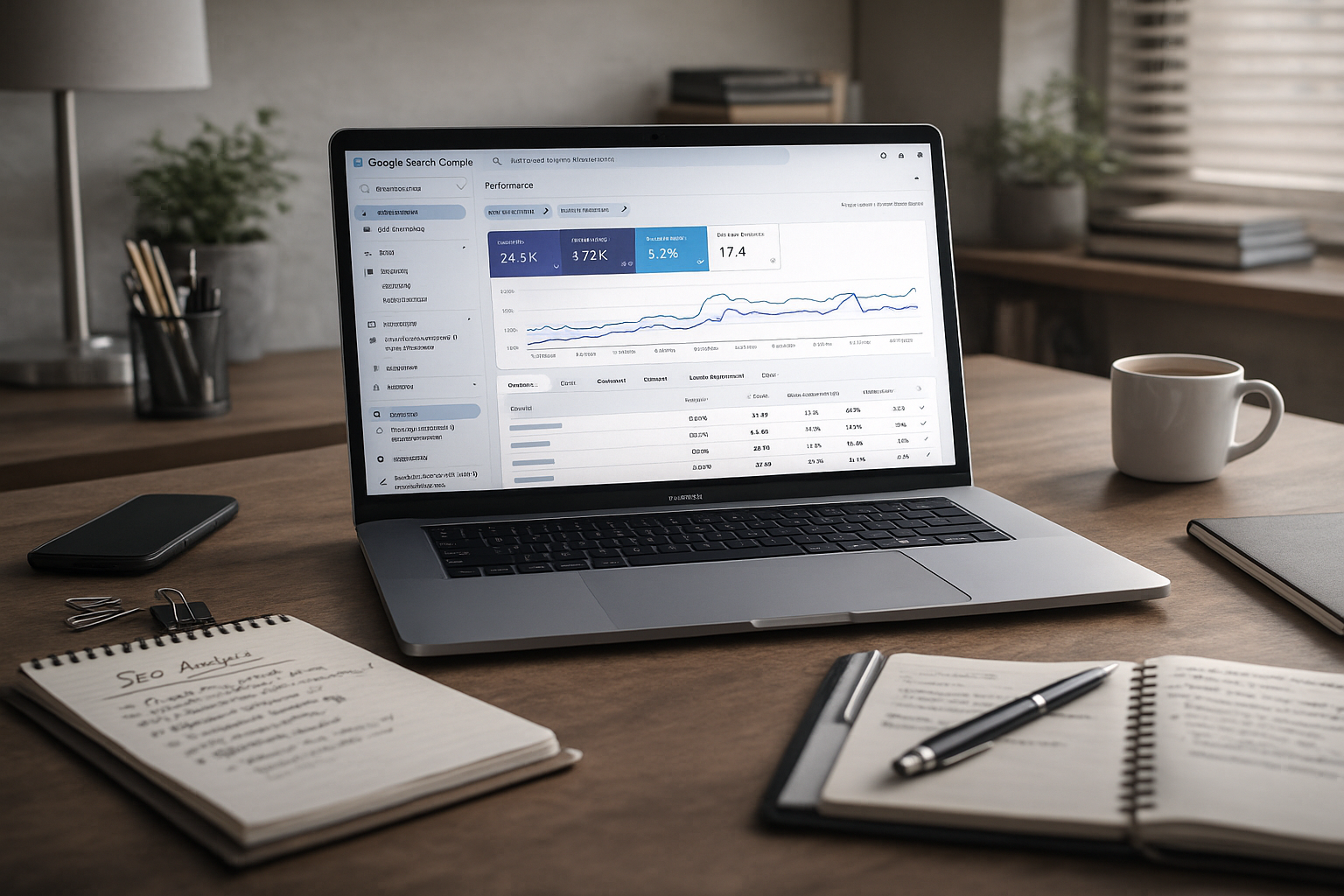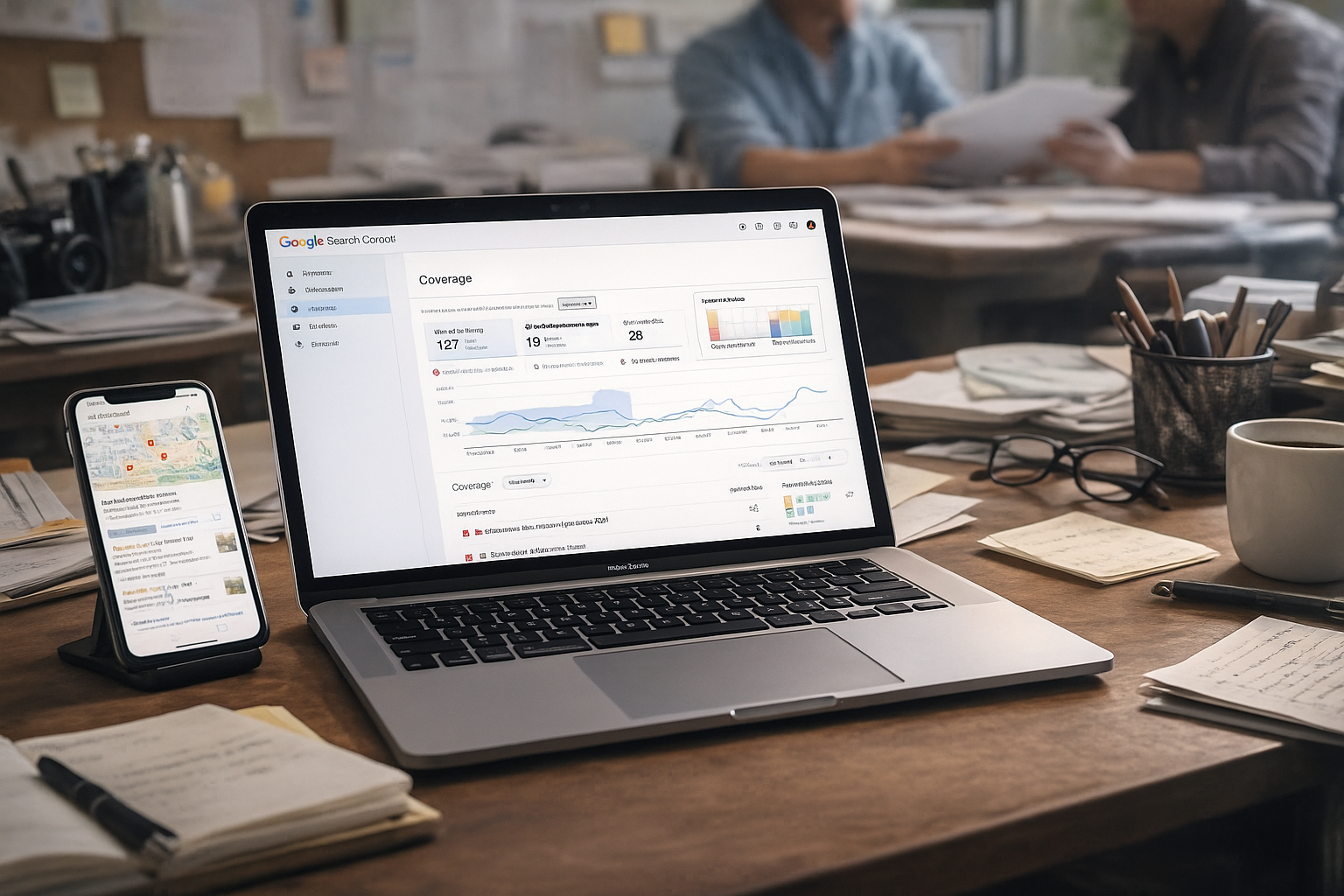Do negative reviews hurt local SEO rankings?
When potential customers search for local businesses online, reviews are one of the first things they notice. A wall of glowing feedback builds trust and credibility—but a few one-star reviews can feel like an immediate red flag. Many business owners worry that these negative comments could tank their Google rankings.
So, do negative reviews actually hurt your local SEO performance? The short answer: not directly—but they can have a big indirect impact on how well your business ranks, how customers behave, and whether Google views your brand as trustworthy.
In this article, we’ll explore how reviews influence search visibility, how much damage bad reviews can really do, and what you can do to recover and thrive.
How Local SEO Really Works
Before diving into the impact of negative reviews, it’s important to understand how local SEO functions. When someone searches for “plumber near me” or “best coffee shop in [city],” Google uses three core factors to decide which businesses to show in the Map Pack:
- Relevance: How closely your business matches the searcher’s intent.
- Distance: How near your location is to the user.
- Prominence: How reputable and popular your business appears online.
Reviews directly influence prominence, alongside signals like backlinks, local citations, and brand mentions. Businesses with a consistent stream of positive, authentic reviews look more trustworthy—both to Google and potential customers.
However, negative reviews can muddy that picture. While a few don’t automatically tank your rankings, they can affect how people interact with your business online—which, in turn, affects the behavioral data Google uses in its ranking algorithm.
Direct vs. Indirect Impact of Negative Reviews
Let’s break this down into two categories:
Direct impact
Google’s algorithm doesn’t necessarily punish a business for having bad reviews. There’s no “one-star penalty” that instantly drops you down the rankings.
However, Google does reward businesses with stronger review signals—higher averages, frequent new reviews, and authentic engagement. If negative reviews lower your overall score or slow your review activity, you simply get less of that reward.
Indirect impact
This is where negative reviews can quietly hurt:
- Lower click-through rates (CTR): Fewer users click on a listing with 2.5 stars than one with 4.5 stars.
- Weaker behavioral signals: People may click and bounce faster, signaling low trust or satisfaction.
- Fewer conversions: A poor reputation means fewer calls, form submissions, or direction requests.
- Reduced review momentum: Negative experiences discourage happy customers from leaving reviews.
Over time, these indirect effects can add up—slowly pushing your visibility and authority downward.
What SEO Experts and Data Suggest
Local SEO professionals have studied review signals for years. The consensus is clear: positive reviews correlate strongly with higher local rankings, but correlation isn’t the same as causation.
In other words, top-ranking businesses tend to have more and better reviews because they’re doing everything else right—like optimizing their site, engaging with customers, and delivering great service.
On the flip side, a sudden influx of negative reviews often corresponds with other issues—declining service quality, poor customer communication, or operational setbacks—that indirectly weaken local visibility.
A few key takeaways from industry research:
- Negative reviews rarely cause a sharp ranking drop unless they’re extreme or sudden.
- Average rating and review velocity (how often you get new reviews) matter more than perfection.
- Response quality—how and when you reply to reviews—plays a growing role in local reputation signals.
So while one bad review won’t kill your SEO, a pattern of bad reviews that goes unaddressed might.
Why Review Volume, Recency, and Diversity Matter
Not all reviews are created equal. Google’s algorithm weighs several aspects beyond the simple star average:
Review volume
A business with hundreds of mixed reviews usually ranks better than one with just a few perfect ones. The volume demonstrates legitimacy and activity.
Recency
Google values fresh feedback. New reviews show your business is still active and engaging customers. A few recent positives can help dilute older negatives.
Diversity
Google’s AI reads the text within reviews. It picks up on themes and keywords—like “friendly staff,” “quick response,” or “bad experience.” If negative reviews consistently mention the same complaints, those keywords can influence how your business appears in related searches.
The more diverse, descriptive, and frequent your reviews are, the more robust your SEO signal becomes—and the less harm one or two bad reviews can do.
How Google Uses Review Data
Google has confirmed that review score and quantity factor into local search rankings. Reviews help Google:
- Understand
what your business does (via text analysis).
- Assess
how customers perceive your service quality.
- Gauge
trustworthiness and engagement through responses.
That said, review metrics aren’t weighted as heavily as proximity or on-page SEO. Think of them as a reputation multiplier—they amplify what’s already there.
A solid SEO foundation can survive a few bad reviews. But if your profile is already weak, those negative ratings might tip the balance and cost you visibility.
Common Misconceptions About Negative Reviews
Let’s clear up a few myths that still circulate among local business owners:
Myth #1: One bad review ruins my SEO.
No—it might sting emotionally, but Google looks at patterns and averages, not one-off opinions.
Myth #2: I should delete or bury bad reviews.
Deleting reviews is risky and usually impossible unless they violate policy. A balanced profile with a few negatives looks
more credible than one with only perfect scores.
Myth #3: A 5.0 average is the goal.
Believe it or not, studies show that consumers are more likely to trust a rating between
4.7 and 4.9 than a perfect 5.0—it feels more authentic.
Myth #4: Only positive reviews matter.
Your response to negative reviews matters just as much. How you handle criticism publicly shows potential customers that you’re professional, attentive, and accountable.
Strategies to Manage Negative Reviews
You can’t avoid every negative review—but you can absolutely control how you respond and recover. Here’s how:
Respond thoughtfully
A quick, polite, and professional reply shows you care. Thank the reviewer for their feedback, apologize if appropriate, and offer to resolve the issue offline.
Encourage positive reviews
Ask happy customers to share their experience. You can:
- Include review links in follow-up emails.
- Display QR codes or signage in your store.
- Use review-request automation tools.
Fix recurring issues
If multiple reviews mention the same problem—slow service, rude staff, long waits—address it immediately. Operational improvements have a direct SEO benefit.
Flag fake or abusive reviews
If you spot a clearly fake or malicious review, report it through Google’s “Flag as inappropriate” feature. Provide supporting evidence when possible.
Turn criticism into insight
Use feedback as free market research. If customers consistently mention something negative, it’s an opportunity to improve your business and message.
Handled correctly, even a 1-star review can become a demonstration of your professionalism and integrity.
How User Behavior Magnifies the Effect
Negative reviews influence more than just your rating—they affect how users interact with your business online, which Google pays close attention to.
- Fewer clicks: A low star rating discourages users from clicking your listing.
- Higher bounce rates: If they do click but see too many complaints, they leave faster.
- Lower dwell time: Google interprets quick exits as poor relevance.
- Reduced engagement: Fewer calls, messages, or requests for directions weaken engagement metrics.
Even if your technical SEO is strong, these behavior-driven signals can nudge your ranking down subtly over time.
That’s why managing reviews is just as important as optimizing keywords or backlinks.
How to Measure Review Impact on Local SEO
Tracking data helps you determine whether negative reviews are affecting visibility or conversions. Key metrics include:
Reputation metrics
- Average star rating
- Number of reviews per month
- Review sentiment and keyword themes
Performance metrics
- Local Pack ranking positions
- Click-through rate from Google Maps or search
- Calls, direction requests, and website visits from your Business Profile
Behavior metrics
- Bounce rate and dwell time from local traffic
- Conversion rate for local visitors
Use tools like Google Business Profile Insights, BrightLocal, or Moz Local to monitor changes. If negative reviews correlate with drops in CTR or rankings, it’s time to prioritize your reputation management strategy.
When Negative Reviews Do Real Damage
While most negative reviews only have mild effects, there are cases where they do cause measurable ranking drops:
- Sudden review storms: A flood of 1-star reviews in a short period can signal a reputation crisis or review bombing, triggering temporary ranking volatility.
- Weak existing SEO: If your site already struggles with poor citations or on-page SEO, bad reviews can compound the problem.
- Competitive niches: In crowded markets like law firms or restaurants, even a half-star difference can shift your Local Pack position.
- Repetitive negative keywords: When bad reviews repeatedly highlight the same issue (“rude service,” “dirty rooms”), Google’s text analysis may associate your listing with those negative attributes.
These situations demand a quick, strategic response—monitoring patterns, encouraging new reviews, and addressing the root causes.
How to Bounce Back and Build Resilience
If negative reviews have already impacted your business, here’s how to recover:
- Strengthen core SEO: Optimize your website, claim and update listings, and earn local backlinks.
- Rebuild review momentum: Actively ask satisfied customers to share honest feedback.
- Engage on your Google Business Profile: Post updates, add new photos, and answer questions to show activity.
- Respond consistently: Never ignore reviews, especially critical ones.
- Leverage feedback for marketing: Highlight improvements you’ve made based on customer suggestions.
The goal isn’t perfection—it’s consistency. When customers see that you listen, improve, and care, their perception (and your SEO performance) naturally rebounds.
The Bigger Picture: Reputation Is the New SEO
Your online reputation and local SEO are now inseparable. Reviews shape how search engines—and real people—perceive your business.
Think of reviews as part of a feedback loop:
- More positive reviews → higher engagement → better rankings → more customers → more reviews.
- More negative reviews → lower engagement → weaker rankings → fewer customers → fewer new reviews.
Breaking that cycle means proactively managing your reputation, not just reacting to bad feedback.
Businesses that treat review management as a key part of their local marketing strategy build long-term credibility, higher customer retention, and stronger brand equity.
Ready to Strengthen Your Local Reputation?
If you’re serious about growing your visibility and building a trustworthy local presence, GetPhound can help.
Our team specializes in local SEO, reputation management, and review generation strategies that help small businesses dominate their local markets—without resorting to shady tactics.
👉 Contact GetPhound today to start improving your online reputation and attracting more local customers the right way.












